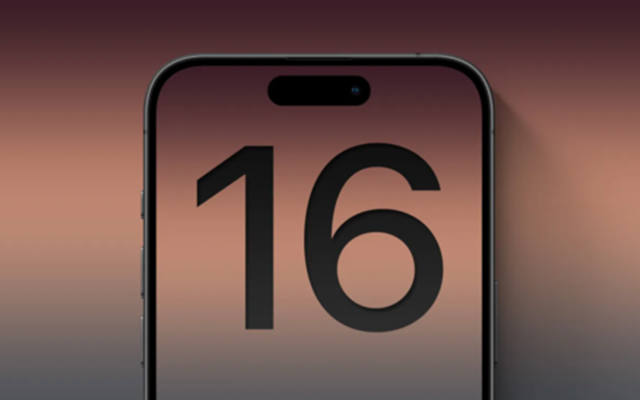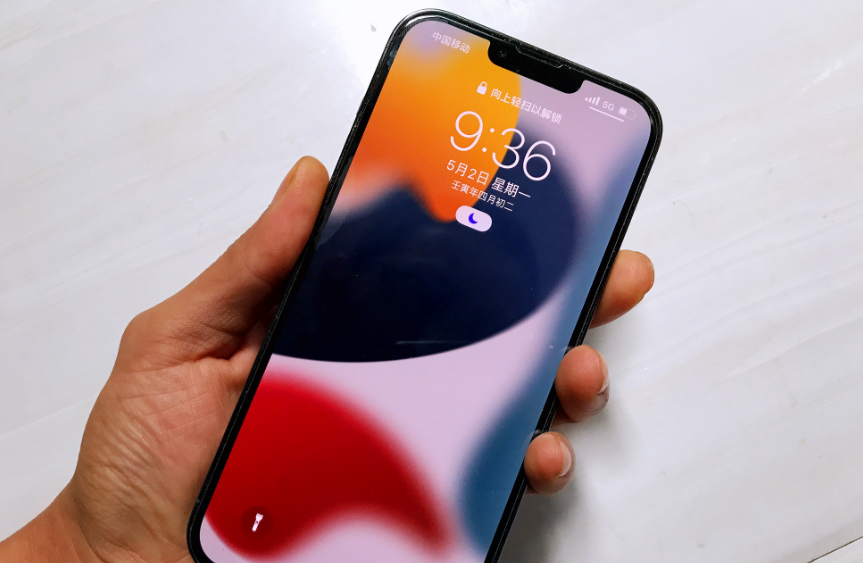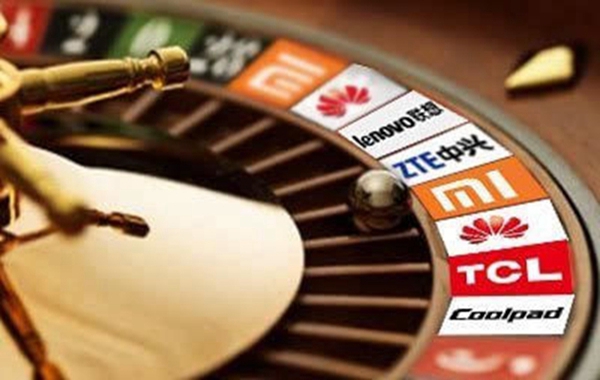Apple's Strategic Maneuver to Revitalize the Market: Re-launching Older iPhones with a Sales Surge, Challenging Domestic Competitors
![]() 03/05 2025
03/05 2025
![]() 504
504
Apple, acutely aware of the significance of the Chinese market, encountered a pricing misstep with its newly introduced budget iPhone 16E. To regain the favor of Chinese consumers, Apple opted to reintroduce the highly acclaimed iPhone 13 at a price point below 3000 yuan, aiming to dominate the 2000 yuan price segment.

The underwhelming performance of the iPhone 16 in China led to a market decline for Apple, prompting the company to take swift action. In response, Apple drastically reduced the price of the iPhone 16 by up to 1000 yuan, coupled with subsidies, bringing its starting price down to 4499 yuan.
This significant price cut of the iPhone 16 put pressure on domestic flagship phones, which are priced similarly at 4499 yuan. At this price point, consumers naturally gravitated towards the iPhone 16.
Past experience has repeatedly shown that domestic consumers are hesitant to accept higher prices for domestic flagship phones. When these phones surpassed the 4000 yuan mark, sales declined. Learning from this, domestic phone manufacturers repriced their flagships at 3999 yuan, leading to a surge in sales.
It's important to note that despite a decline in Apple's mobile phone shipments in the Chinese market during Q4 2024, resulting in iPhone 16 sales falling short of expectations, Apple's overall performance was not as dire as portrayed by domestic media. Apple's growth was sustained by increased iPhone 16 sales in overseas markets and its robust services business, both of which contributed to the company's expansion.

The iPhone 16's setback in China compelled Apple to pivot. This year, Apple reintroduced the iPhone SE series, albeit under a new name—iPhone 16E, rather than the anticipated iPhone SE4. The industry had hoped for a more affordable pricing strategy to boost sales, but the iPhone 16E was priced at 4499 yuan, failing to meet expectations.
With the relaunch of the iPhone 13, it's evident that Apple recognizes the iPhone 16E's inability to drive sales. Instead, it is leveraging the iPhone 13 to compete in the market. The iPhone 13's price on e-commerce platforms has dipped below 2800 yuan, making it a more affordable option. Sales have surged tenfold since its reintroduction, indicating that domestic consumers are receptive to this iPhone priced over 2000 yuan.
Domestic phone manufacturers now find themselves in a challenging position. As evidenced by last year's 618 and Double 11 shopping festivals, domestic consumers are hesitant to purchase new domestic flagship phones. The top-selling domestic phones in the best-sellers list were older Snapdragon 8G2 models, priced around 2000 yuan, suggesting a lack of interest in new domestic flagships priced above 3000 yuan.
The iPhone 13's price reduction to below 3000 yuan undoubtedly puts pressure on older domestic flagship phones and captures the 2000 yuan price segment, which is unfavorable for domestic manufacturers. Facing the iPhone 13's challenge, some domestic phone makers have further reduced the price of Snapdragon 8G2 phones to below 2000 yuan, acknowledging their inability to compete with the iPhone 13 priced over 2000 yuan and seeking to avoid direct competition.

Both new flagship and mid-to-low-end domestic phones are now in a precarious position. Flagship phones are outpaced by the iPhone 16 and reluctant to slash prices significantly, making them more of a placeholder in the high-end market with low sales. Mid-to-low-end phones, on the other hand, have been impacted by domestic phone makers and MediaTek's rebranding strategies. Last year, domestic phone makers partnered with MediaTek to relaunch the 2022 Dimensity 810 and Dimensity 700 as Dimensity 6020 and Dimensity 6080, but the pricing remained high. Consumers found it difficult to differentiate between these models and opted not to purchase them, favoring older domestic flagship phones instead.







